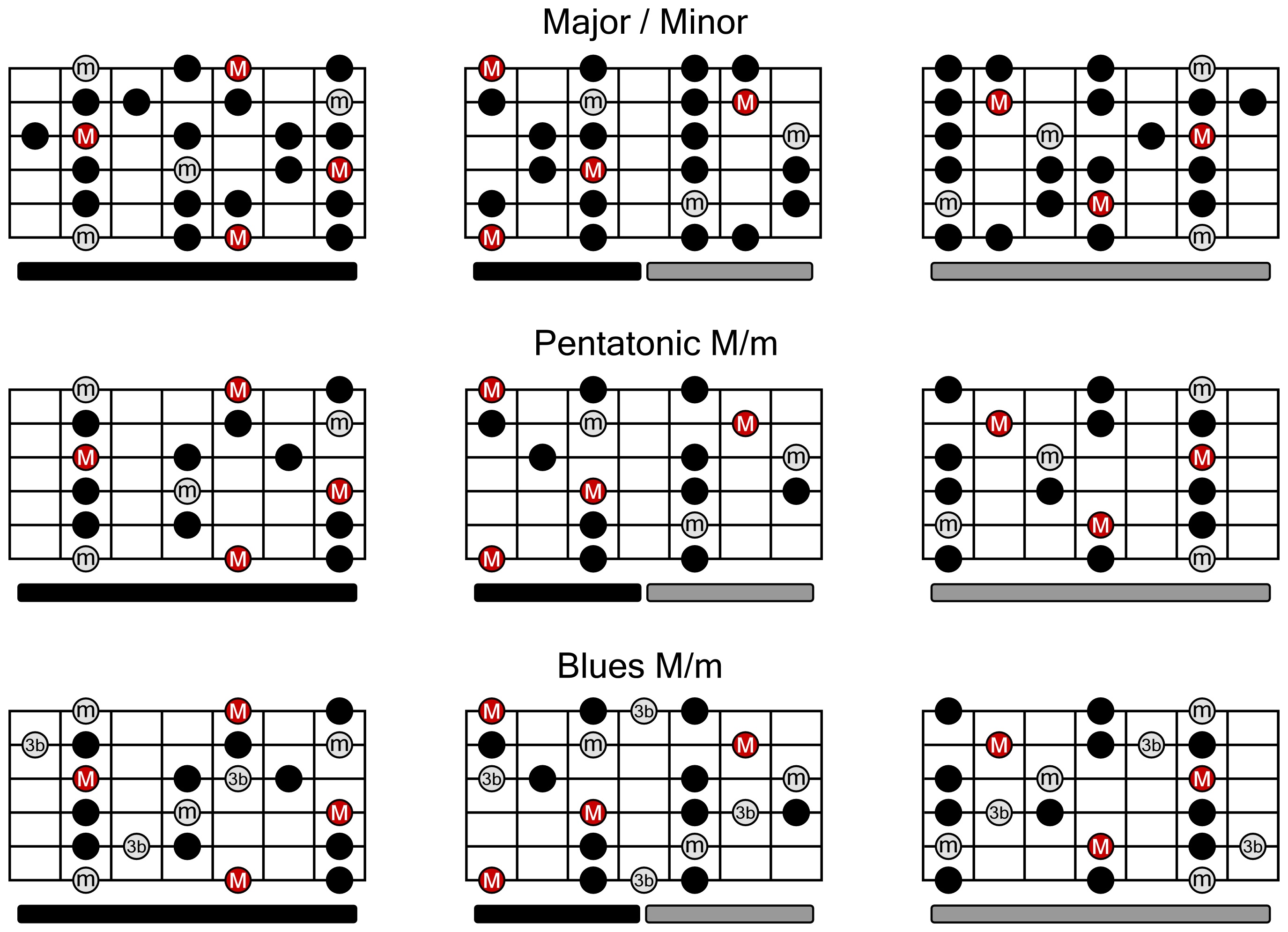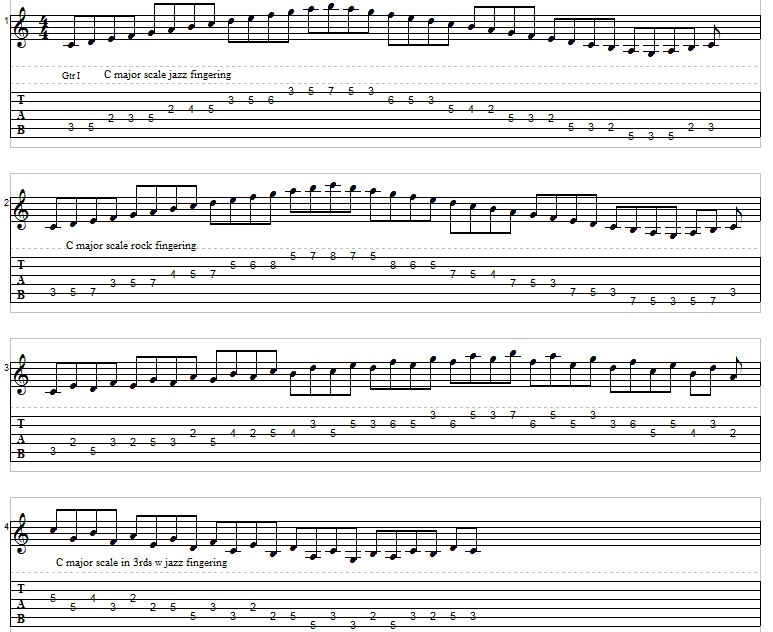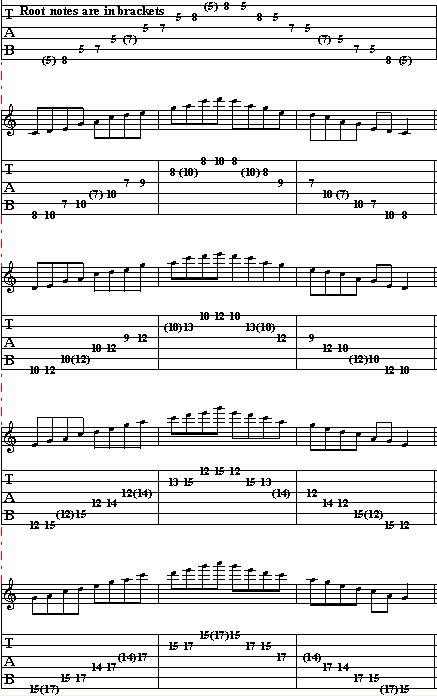There are going to be times in life when you need a hard copies of stuff. Though there is far less paperwork involved in our day-to-day routines, guitar players will eventually find themselves in a position where they will need printable guitar scales, chord charts, and maybe even song lyrics.
Having learned to play guitar in both the pre- and post-Internet world, I have never fully embraced the concept of sitting in front of my computer with a guitar in my lap. Even though I spend an extraordinary amount of time on computers both at work and at home, if I don’t have to be online, I won’t be online; especially when it comes to my guitar practice regimen.
Lately, I’ve been wandering into somewhat unfamiliar territory: old jazz standards. Prior to this, I spent a year writing material on guitar in Open G tuning for a rock-based project. Once I switched back to Standard tuning and plunked along to some jazz cuts, it didn’t take long to realize that my muscle memory for playing scales had been severely neglected.
Because my home office computer doubles as my stereo system, I find it impractical to wrangle both the sound and sample chord charts that I will inevitably need to play along. Aside from that, I like to be on my feet when I play, and a much prefer reading music from a stand as opposed to from a screen.
Check out this VIDEO GUITAR LESSON ON SCALES
Before I went any further into George Gershwin territory, I decided to put myself through a scale “boot camp”, and to do this, I needed to print out every scale known to mankind. Along the way, I realized that for me, there are two different methods for practicing scales. The first is to memorize generic fretboard fingering positions, and I found several great examples, including this one:

The second way to practice guitar scales is by learning and memorizing fretboard fingering patterns, like this one:

So, as you can see, there is a bit of a difference between printable guitar scales.
If playing lead guitar is your goal, I recommend you to check out our:
